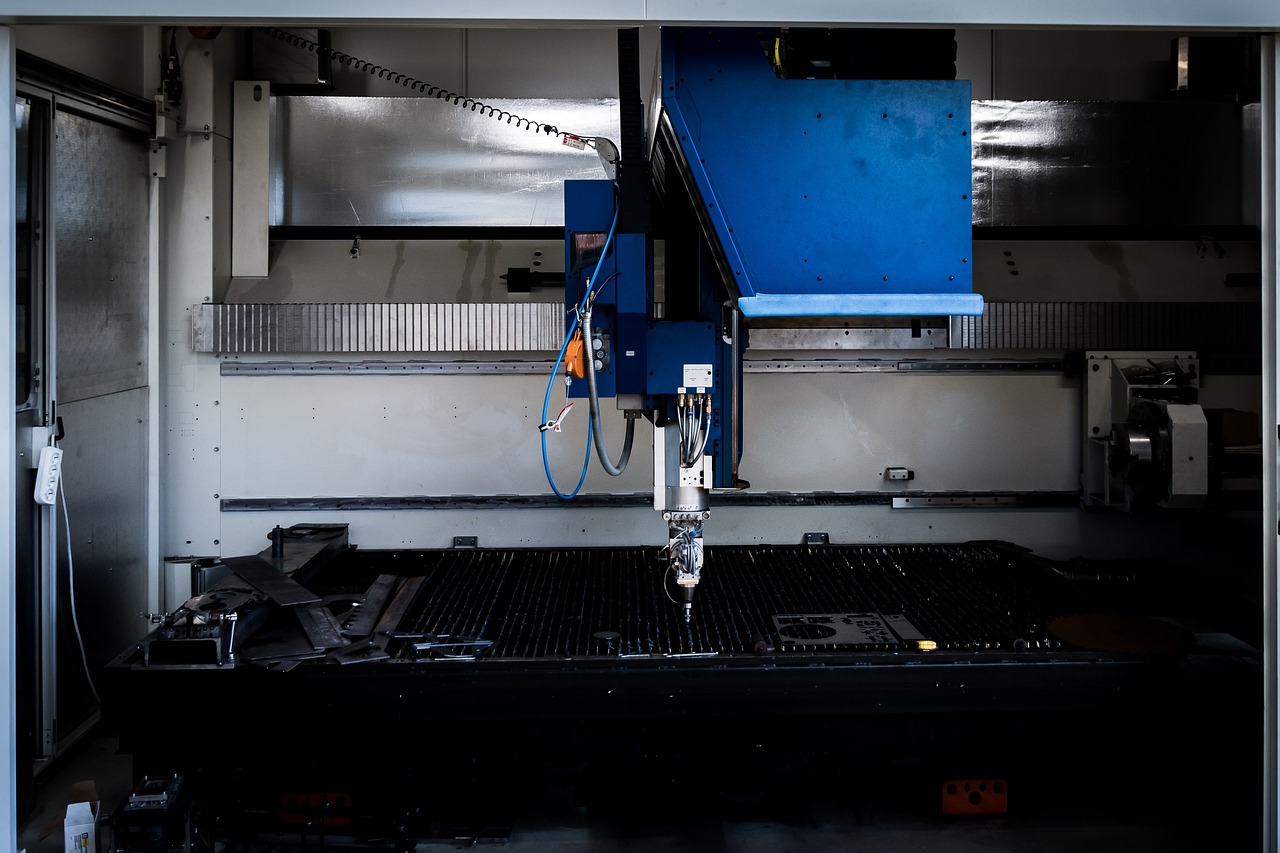Analyzing Trends in Early Childhood Education
Educators worldwide are experiencing a notable transformation in traditional teaching approaches. This shift is evident in the move towards student-centered learning, where emphasis is placed on engaging learners actively in the educational process. Gone are the days of rote memorization and one-size-fits-all instruction. Instead, educators are adopting interactive, hands-on activities to cater to diverse learning styles and foster critical thinking skills.
Moreover, the integration of technology has become a key component in modern teaching methods. From interactive whiteboards to educational apps, technology has revolutionized the way information is accessed and delivered in the classroom. This shift not only enhances student engagement but also equips learners with essential digital skills needed in today’s technology-driven society. By leveraging technological tools, educators can create dynamic learning experiences that transcend the boundaries of traditional teaching methods.
Incorporation of Technology in the Classroom
Technology has increasingly become a vital tool in modern classrooms, offering innovative ways to engage students and enhance their learning experience. From interactive whiteboards to educational apps, technology provides teachers with a plethora of resources to create dynamic and interactive lessons. Additionally, incorporating technology in the classroom helps students develop essential digital literacy skills that are crucial in today’s digital age.
One of the significant benefits of technology integration in the classroom is the ability to differentiate instruction to meet the diverse needs of students. With the use of online learning platforms and educational software, teachers can personalize learning experiences, allowing students to progress at their own pace and receive targeted support. This individualized approach promotes student engagement and academic success, as each student can receive tailored instruction that aligns with their learning style and abilities.
• Technology offers innovative ways to engage students and enhance their learning experience
• Interactive whiteboards and educational apps provide teachers with resources for dynamic lessons
• Incorporating technology helps students develop essential digital literacy skills
• Technology integration allows for differentiated instruction to meet diverse student needs
• Online learning platforms and educational software personalize learning experiences
• Individualized approach promotes student engagement and academic success
Focus on Social-Emotional Development
It is becoming increasingly evident that the development of students goes beyond academic achievement. Schools are placing a greater emphasis on the social and emotional well-being of students, recognizing the importance of fostering skills such as empathy, resilience, and self-awareness. By integrating social-emotional learning into the curriculum, educators are equipping students with the tools necessary to navigate not only the challenges of school but also those of life beyond the classroom.
Through activities that promote collaboration, communication, and conflict resolution, students are learning valuable lessons in empathy and understanding. By creating a safe and supportive environment, schools are nurturing the emotional intelligence of their students, enabling them to build positive relationships and make sound decisions. As the focus on social-emotional development continues to grow, educators are witnessing the positive impact it has on student well-being, academic success, and overall personal growth.
What are some examples of major shifts in teaching methods related to social-emotional development?
Some examples include incorporating more collaborative learning activities, implementing mindfulness practices, and emphasizing the importance of building positive relationships in the classroom.
How can technology be incorporated in the classroom to support social-emotional development?
Technology can be used to facilitate communication and collaboration among students, provide opportunities for self-reflection through digital journaling or mindfulness apps, and offer social-emotional learning resources through educational apps and online platforms.
Why is there a growing focus on social-emotional development in education?
Research has shown that social-emotional development plays a crucial role in academic success, mental health, and overall well-being. By addressing the social and emotional needs of students, educators can create a more supportive and inclusive learning environment.
How can teachers support social-emotional development in their students?
Teachers can support social-emotional development by modeling positive behaviors, creating a safe and respectful classroom environment, providing opportunities for social interaction and collaboration, and implementing social-emotional learning curriculum and activities.
What are some potential benefits of focusing on social-emotional development in education?
Some potential benefits include improved academic performance, enhanced social skills and relationships, increased emotional intelligence and self-awareness, and better mental health outcomes for students.







